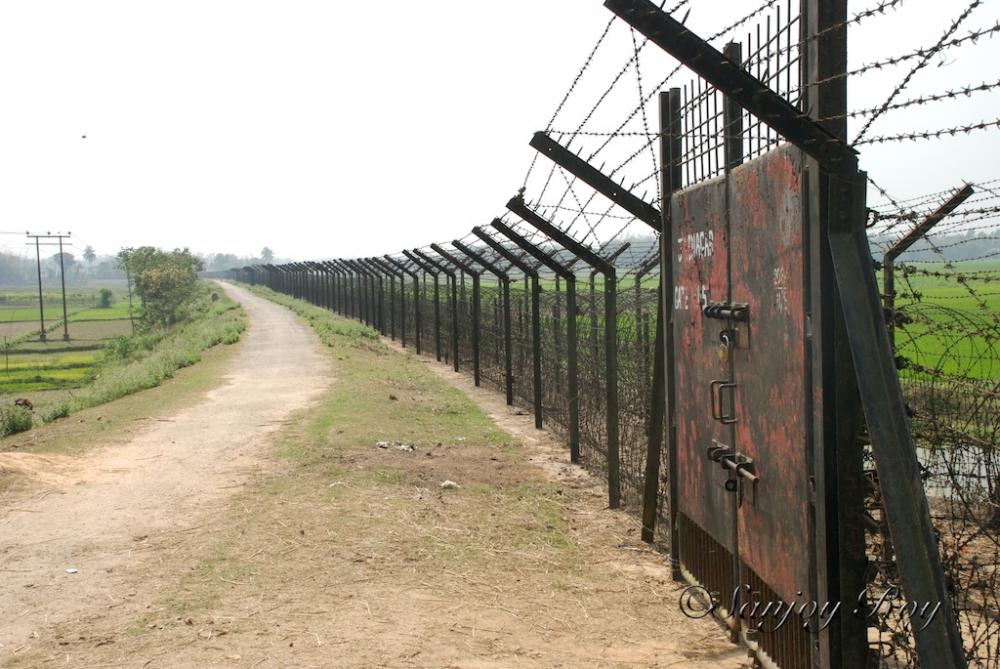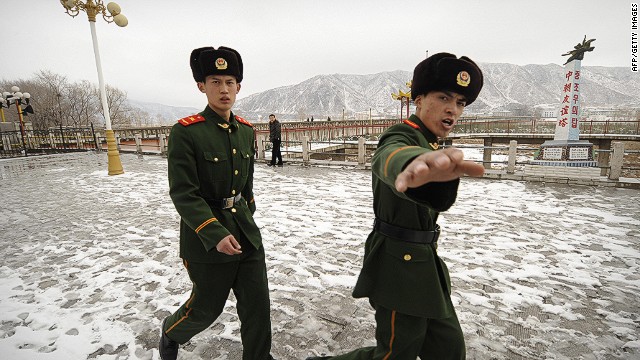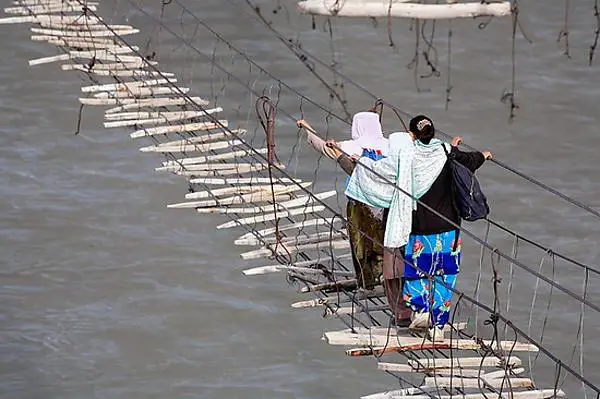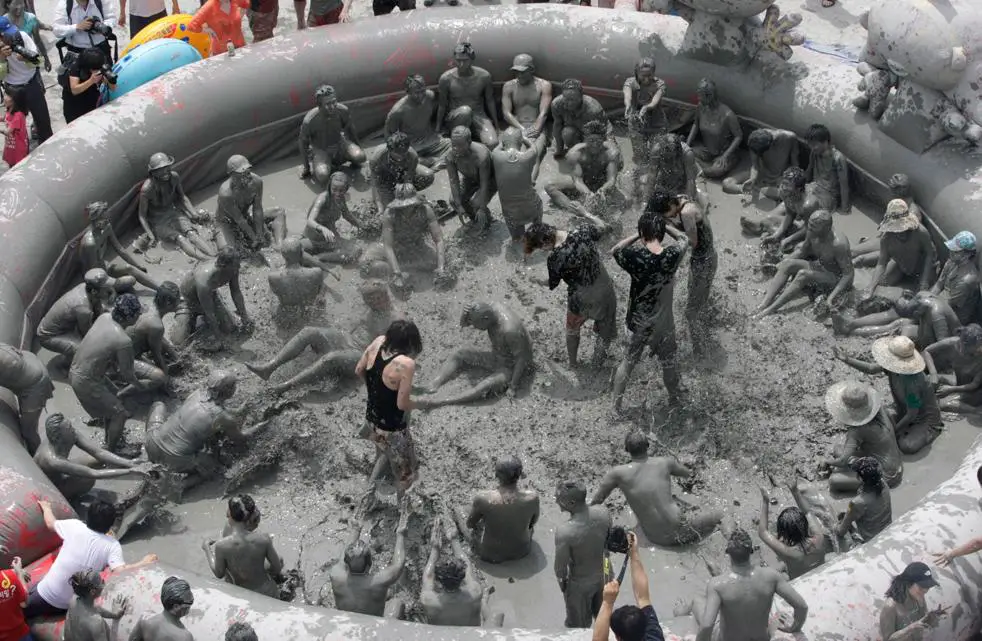A certain Mr Donald Trump may have brought the subject of walls back into the news recently, but it’s not just in America where issues have led to the erecting of immovable borders. There are countries and cities all over the world whose populations are kept apart by huge walls and fences and, since the turn of the 21st century, you may be surprised to hear that these numbers have actually increased. The following are 10 such examples of countries that are still separated by walls and fences.
Botswana and Zimbabwe – Electric Fence
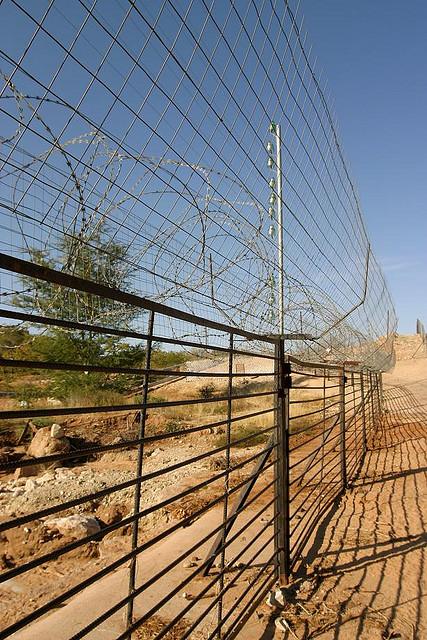
At the beginning of the 21st Century, Botswana began to build a 300 mile long electrified fence across its border with Zimbabwe. The Botswana authorities said the fence was erected in order to tackle the problem of diseased cattle crossing over from Zimbabwe into Botswana and also to deter illegal immigrants from entering the country. Much of Botswana’s economy relies heavily on their beef export business and it was hoped the fence would help protect their cattle against any further outbreaks of foot and mouth disease. The fence was not popular with many Zimbabweans though, with many people pulling down sections of the fence in protest.

Israel and the West Bank
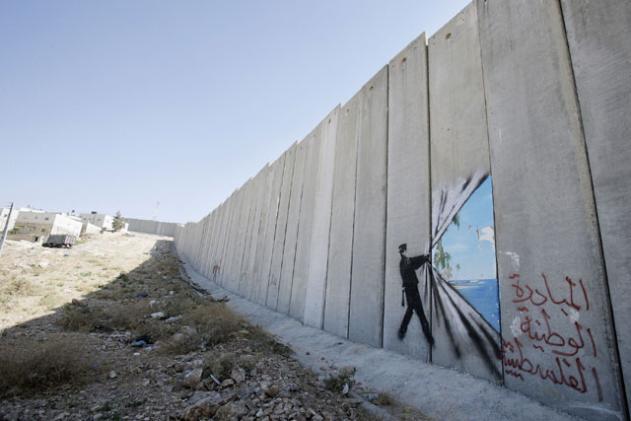
In 2002, Israel began building a 420 mile long wall along their border with the West Bank. The concrete structure reaches heights of up to 8 metres tall in certain sections and it was hoped the huge obstacle would reduce the risk of terrorism. Many Palestinians felt very differently about the wall though and viewed it as a barrier, cutting them off from the rest of the state.
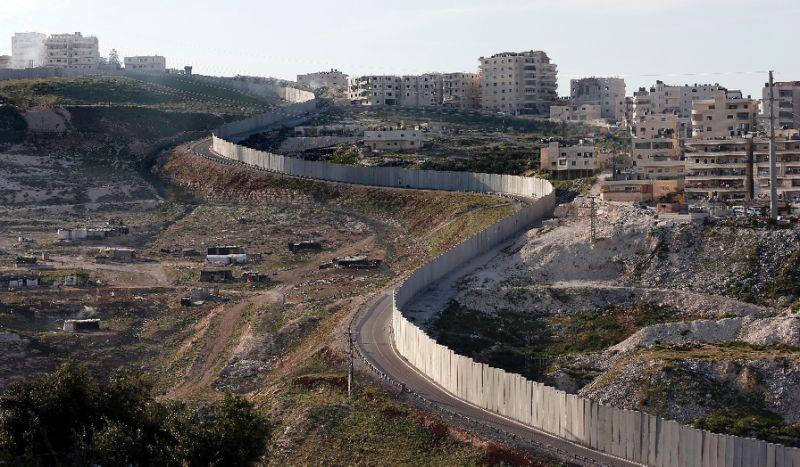
India and Pakistan
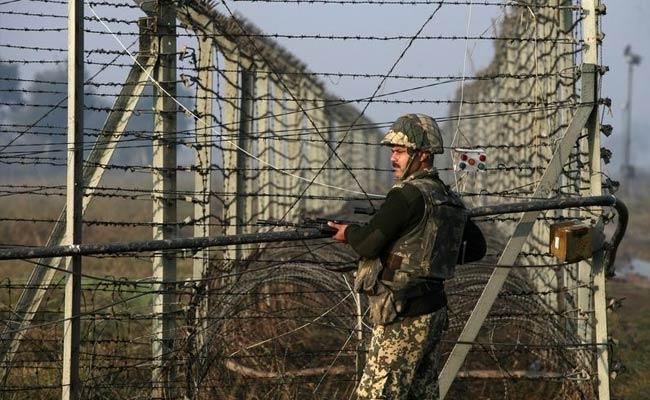
India and Pakistan have experienced a rather troubled history in recent times and have been involved in three separate wars since the middle of the 20th Century. A ceasefire was announced in 2003 and India has since constructed a 340 mile long fence along the border in an attempt to ‘exclude arms smuggling and infiltration by Pakistani-based separatist militants.’
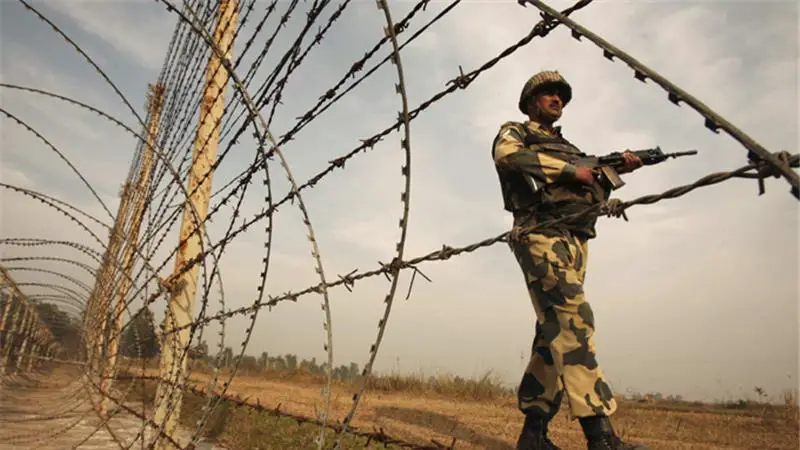
North Korea and South Korea
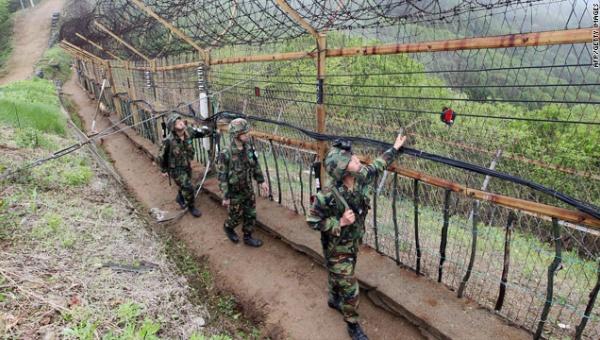
The Korean Demilitarised Zone was created in 1953 and is the most militarised zone on the planet. It stretches 150 miles across the North and South Korean border and it is 2.5 miles wide. It has become a tourist attraction for many visitors but it has also kept families apart for over half a century.
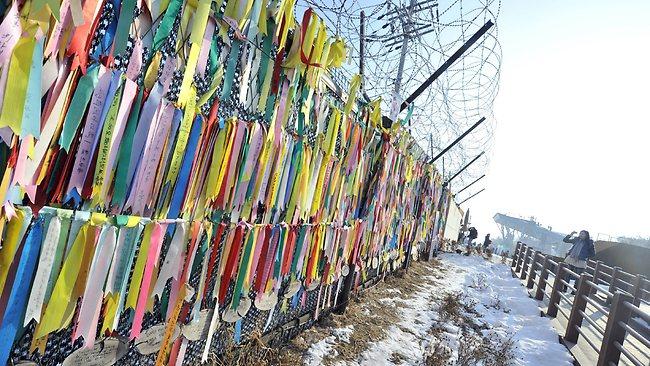
Morocco and Spain
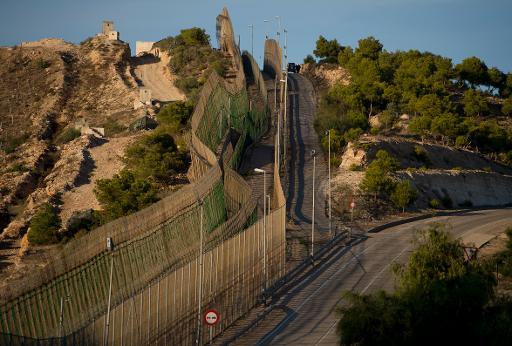
In North Africa, the Spanish enclave of Melilla on the border of Morocco is seen as a gateway into Europe for many refugees. The sheer number of migrants trying to cross into Spain has led to the Spanish authorities erecting a huge fence across the border. As these photos show though, the fence has not stopped refugees from still trying to gain access into Spain.

USA and Mexico
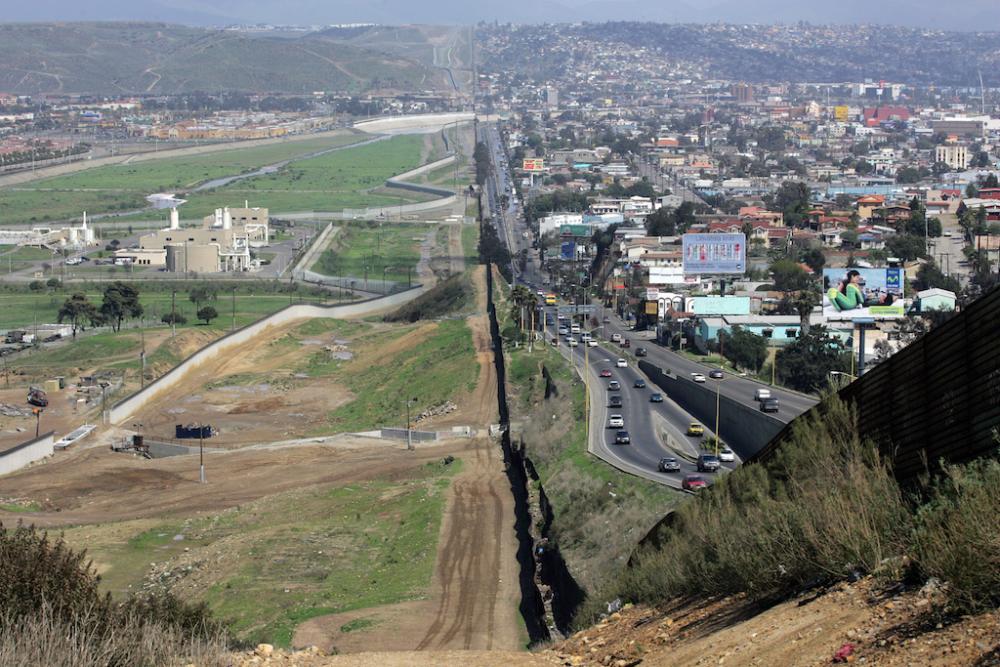
A certain Mr Donald Trump may have brought the subject of the US – Mexico border back into the headlines but there has actually been a fence across parts of the border since 2006. The US authorities hoped the fence would reduce drug trafficking and illegal immigration but the project was put on hold by President Obama in 2010. With Donald Trump’s election to the White House in 2016, the project is expected to resume.
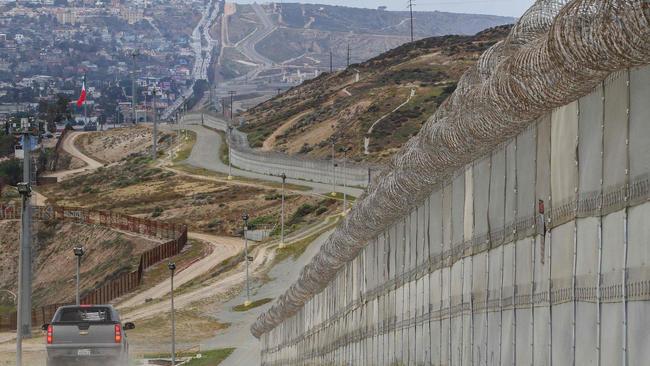
The City of Belfast
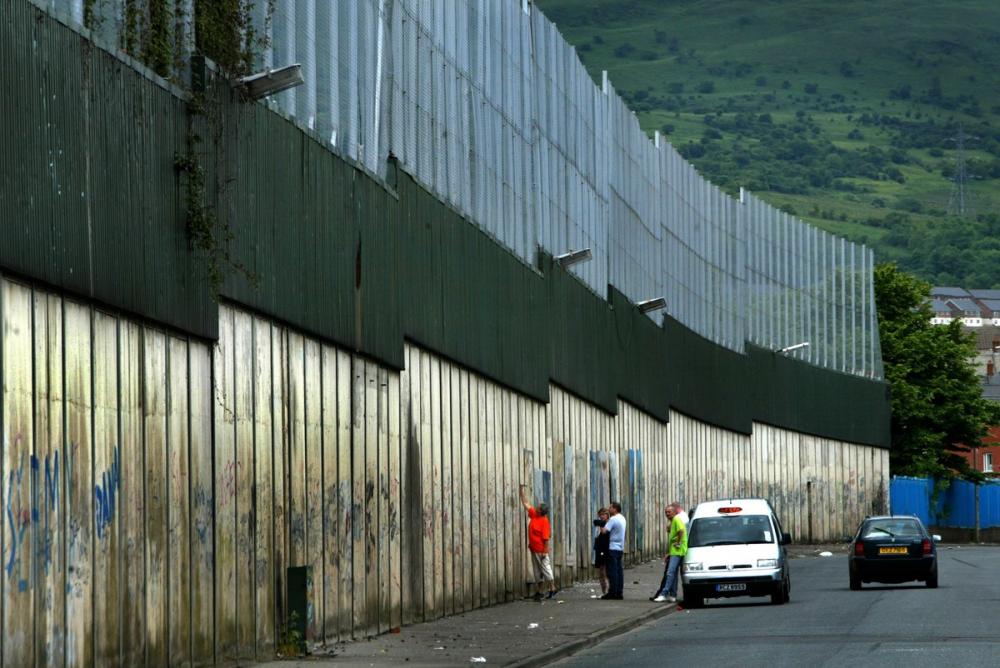
Northern Ireland’s capital city of Belfast has 99 walls throughout the city that separate the Catholic and Protestant communities. The first walls were built in 1969 and were only designed as a temporary measure following the Northern Ireland riots, but the success of the ‘peace lines’ led to more walls being put in place in the following years. Many of the walls have gates that are open during the day but locked at night.
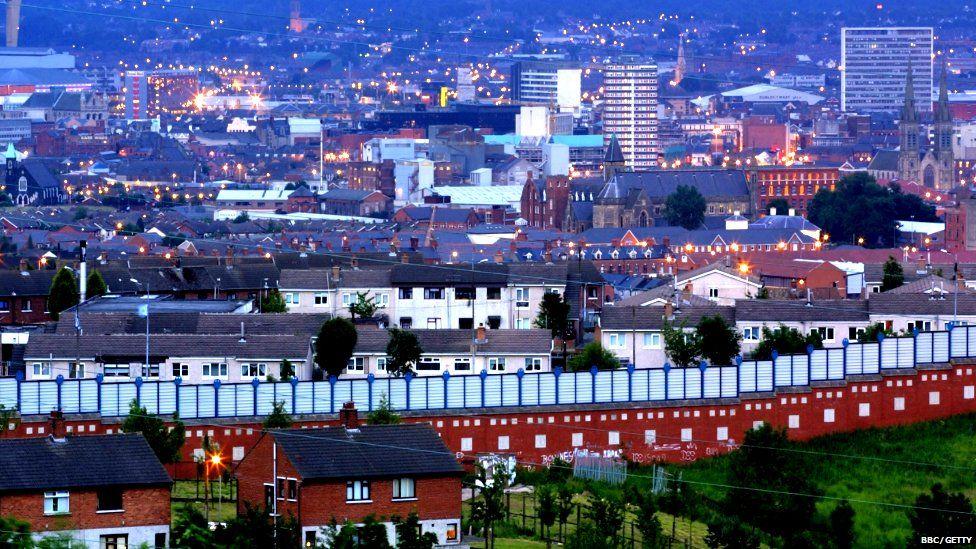
Cyprus
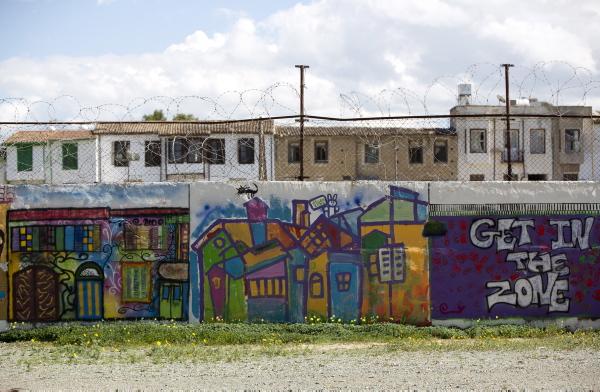
The island of Cyprus in the Mediterranean has been split down the middle since 1974, with the south of the island being under Greek-Cypriot control and the north of the island being under Turkish-Cypriot control. The two sides of the island are separated by a UN buffer zone and there is a wall running across the border.
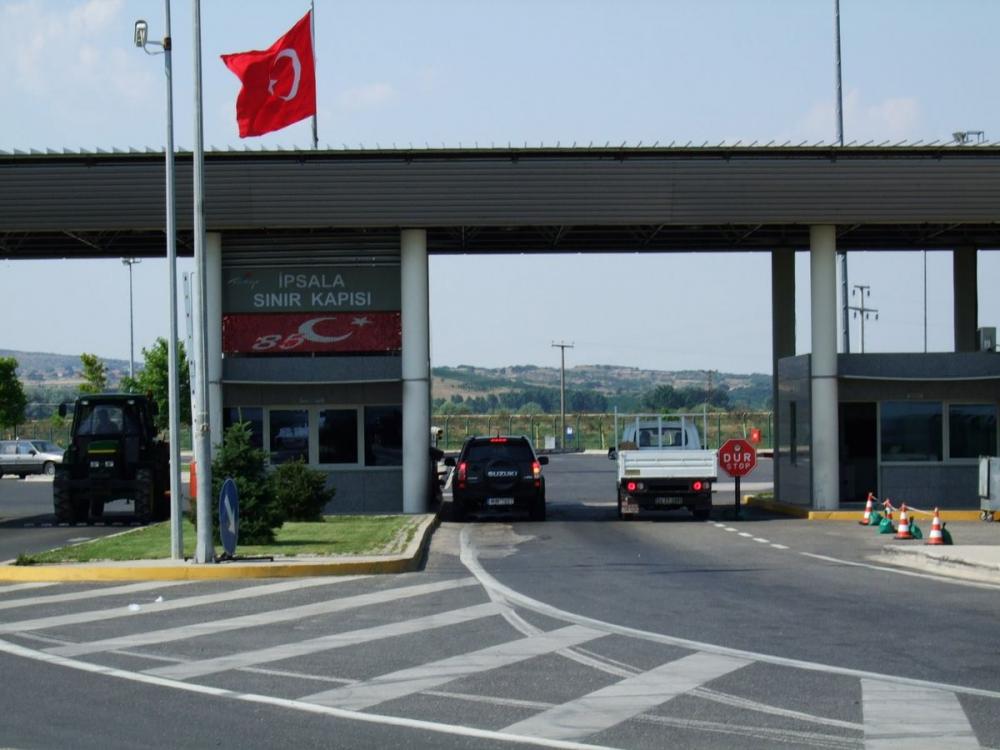
Sao Paulo
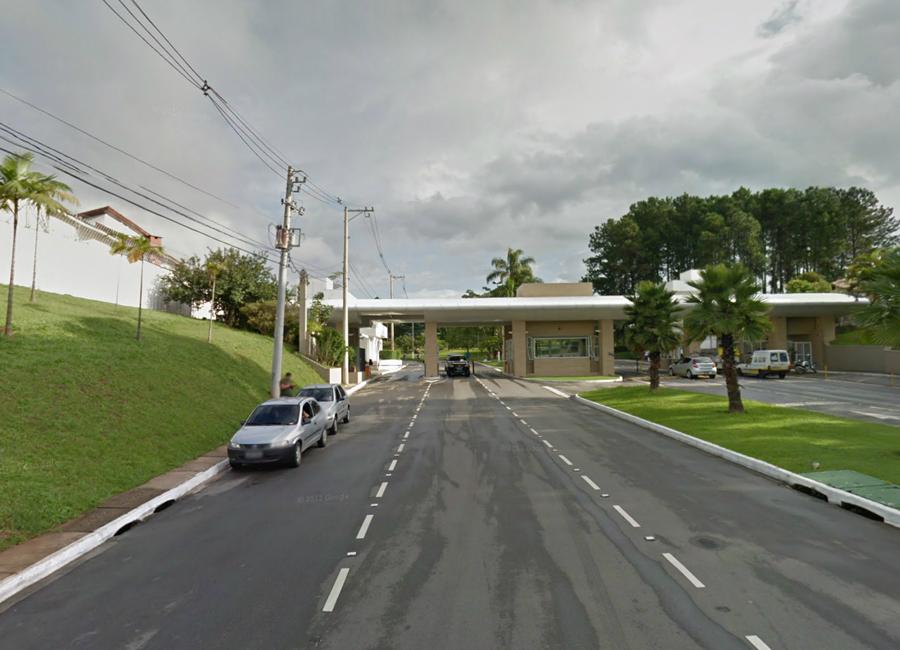
The Brazilian city of Sao Paulo has a huge gap between the wealthy and the poor and this has led to certain communities erecting walls to separate the two. The wealthy district of Alphaville has 60,000 residents and is separated from the rest of the city by 40 miles of walls and up to 960 guards. The above photo shows the stark contrast between the favelas and the plush apartments.
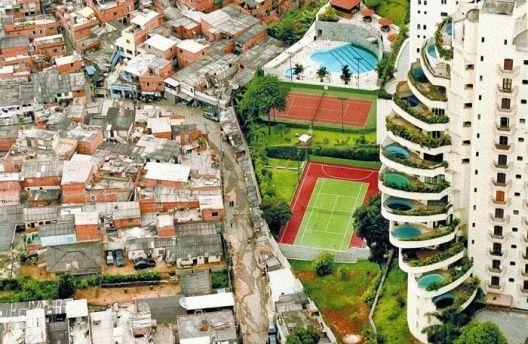
India and Bangladesh
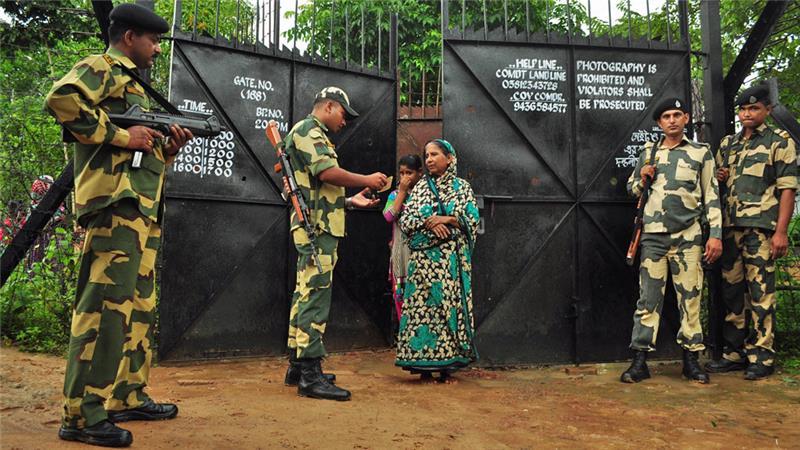
India and Bangladesh share a border that stretches over 2,500 miles and in 1986, the Indian authorities decided to erect a fence across the border in an attempt to reduce illegal immigration. The eight-foot high fence has led to many violent disputes and it is believed over 700 Bangladeshis* were killed between 2000 to 2007 (*according to The Guardian Newspaper).
